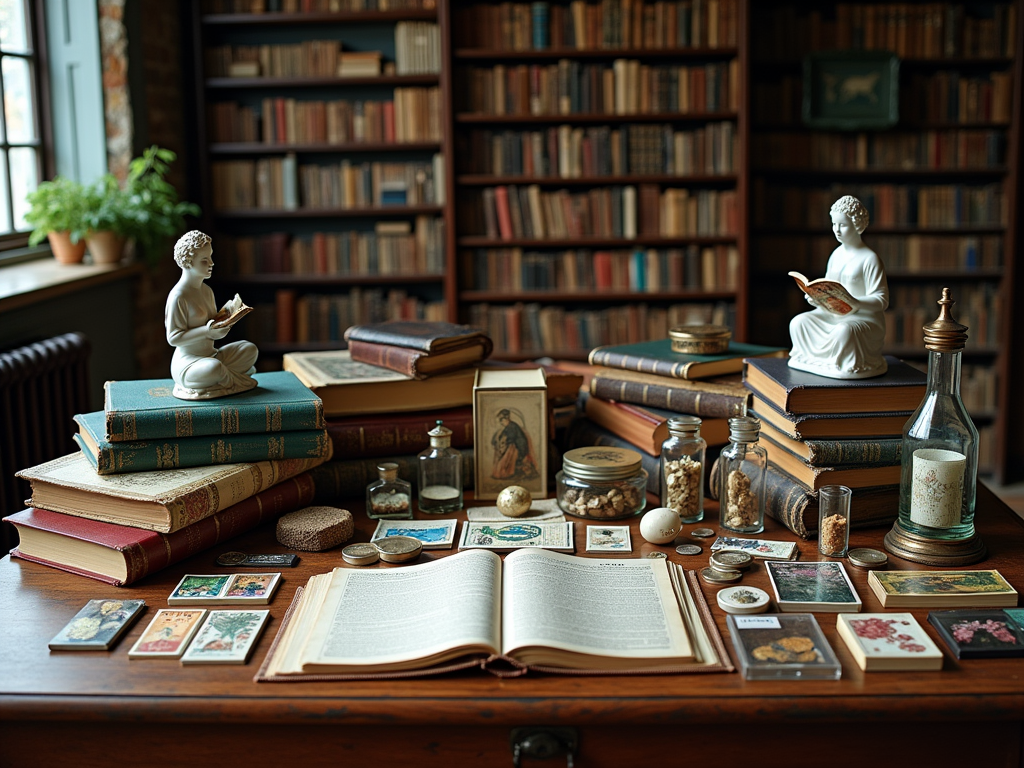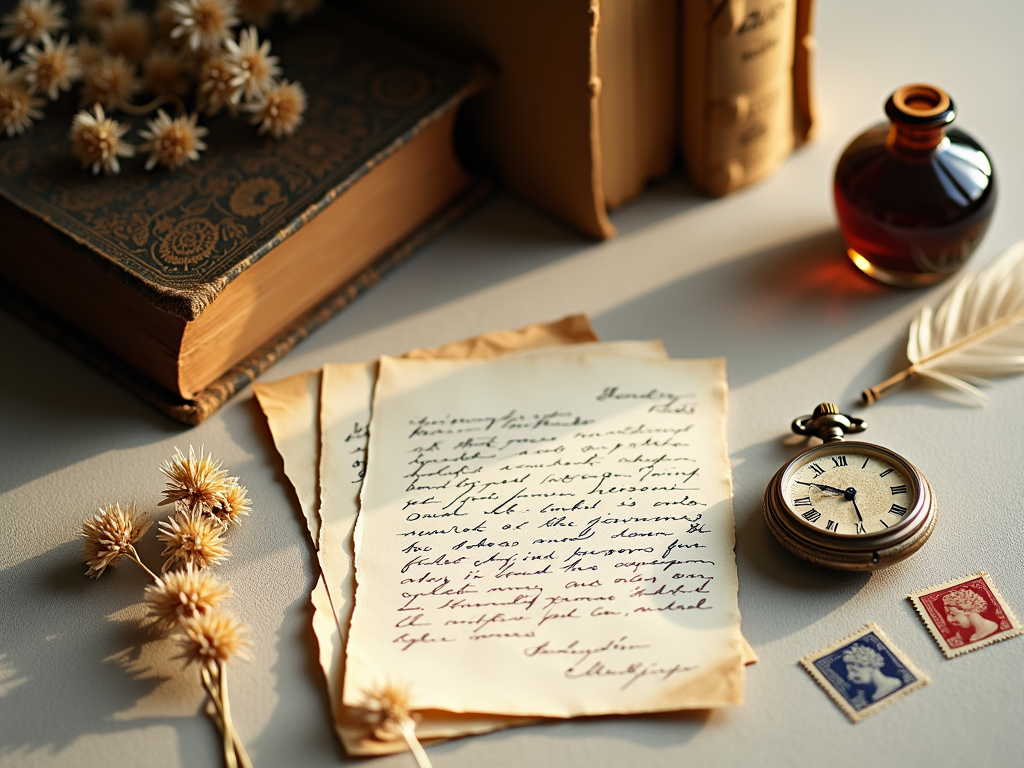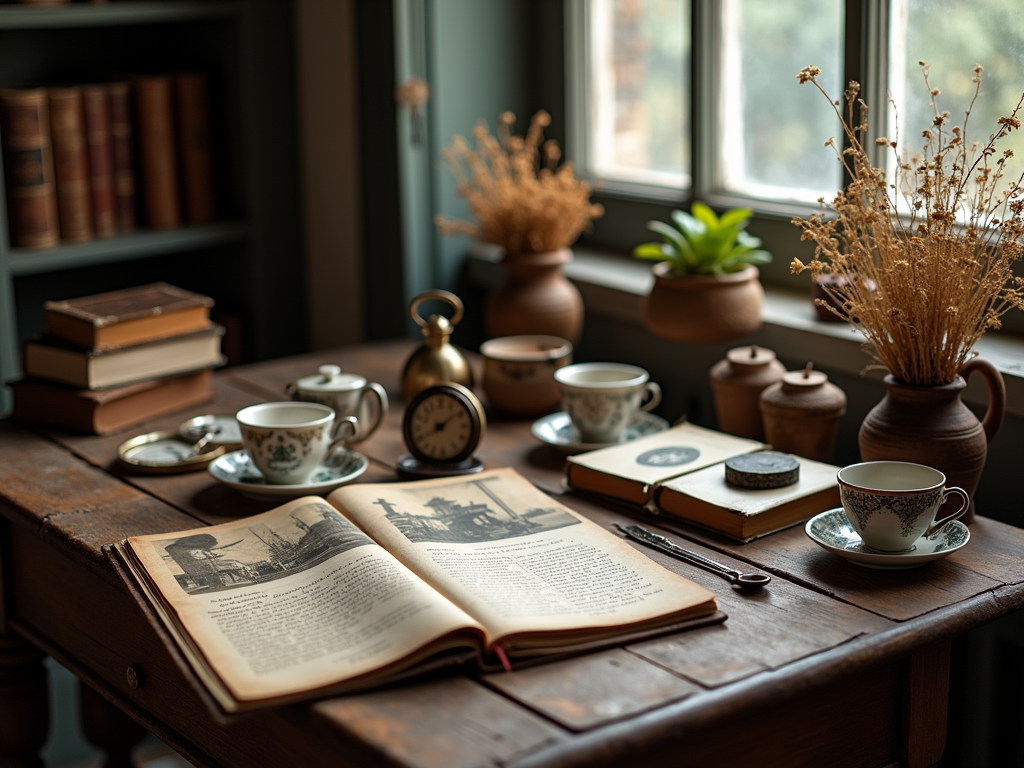Plot Structure Secrets for Compelling Stories: Unlocking Narrative Mastery
Plot Structure Secrets for Compelling Stories Great storytelling hinges on effective plot structure. Understanding the architecture behind compelling narratives allows writers to craft stories that resonate with readers and keep them turning pages. Plot structure provides the framework for your characters’ development, themes emerge, and emotional journeys unfold. This comprehensive guide explores the essential plot structure secrets that can transform ordinary stories into unforgettable reading experiences. The Foundations of Effective Plot Structure At its core, plot structure refers to the organization and sequence of events in a narrative. While creative writing allows for boundless imagination, the most captivating stories typically follow recognizable structural patterns that have proven effective across centuries of storytelling. Understanding these plot structure secrets doesn’t limit creativity—rather, it provides a blueprint that helps writers craft narratives with purpose and impact. The Classic Three-Act Structure The three-act structure remains one of storytelling’s most enduring plot structure frameworks. Dating back to Aristotle’s analysis of drama, this approach divides narratives into three distinct segments: Act One (Setup): Introduces the main characters, setting, and central conflict. This act typically concludes with an inciting incident that propels the protagonist into action. Act Two (Confrontation): This is the longest section, where the protagonist faces escalating obstacles, complications, and stakes. This act often features a midpoint reversal that shifts the story’s direction. Act Three (Resolution): The climactic confrontation occurs, followed by falling action and resolution. This act provides closure to the central conflict and character arcs. The three-act structure works because it mirrors how humans naturally process information: beginning, middle, and end. When implemented skillfully, readers barely notice the framework supporting their emotional journey. The Five-Act Structure For writers seeking more complex plot structure options, the five-act structure offers additional turning points: Exposition: Introduces the setting, characters, and initial situation Rising Action: Develop the central conflict and complications Climax: Features the turning point of the story Falling Action: Shows the consequences of the climax Resolution: Brings closure to the narrative threads This structure, popularized by Shakespeare and other dramatists, allows for more nuanced pacing and multiple culmination points throughout the story. Advanced Plot Structure Models for Modern Storytelling Beyond the classic frameworks, several contemporary plot structure secrets have emerged that offer writers innovative approaches to narrative design. The Hero’s Journey Joseph Campbell’s monomyth, or Hero’s Journey, identifies a pattern in myths and stories across cultures. This plot structure model outlines a 12-stage cycle that heroes typically undergo: The Ordinary World: Establishing the hero’s normal life The Call to Adventure: An invitation to change or challenge Refusal of the Call: Initial reluctance Meeting with the Mentor: Guidance is provided Crossing the First Threshold: Committing to the Adventure Tests, Allies, and Enemies: Facing early challenges Approach to the Inmost Cave: Preparing for a major challenge The Ordeal: Facing the central crisis Reward: Seizing the sought-after prize The Road Back: Beginning the return journey Resurrection: The final test Return with the Elixir: Bringing Transformation Back Home From Star Wars to The Lion King, countless popular stories follow this plot pattern. It resonates because it mirrors the psychological journey of growth and transformation humans experience throughout life. The Save the Cat Beat Sheet Blake Snyder’s “Save the Cat” methodology offers a more commercially oriented plot structure framework that is particularly popular in screenwriting and applicable to novels. Its 15 beats include: Opening Image: Sets the initial tone and mood Theme Stated: Hints at the story’s message Setup: Establishes the status quo Catalyst: The inciting incident Debate: Protagonist’s hesitation Break into Two: Entering the main story B Story: Secondary plot often featuring relationships Fun and Games: Exploration of the premise Midpoint: Raising stakes, either positive or negative Bad Guys Close In: External and internal pressures mount All Is Lost: Lowest point Dark Night of the Soul: Moment of Reflection Break into Three: Finding the solution Finale: Implementing the solution Final Image: Showing the transformation This plot structure framework works exceptionally well for commercial fiction and provides precise timing guidelines for each beat based on the story length. Creating Emotional Impact Through Plot Structure The most compelling stories use plot structure secrets to organize events and create emotional resonance with readers. Strategic Placement of Plot Points Plot points—significant moments that alter the protagonist’s direction—should be strategically placed to maintain engagement. Key plot structure principles include: Inciting Incident: Should occur within the first 10-15% of the story First Plot Point: Marks the transition to Act Two (20-25% mark) Midpoint Reversal: Occurs halfway through the narrative, often changing the protagonist’s goal or understanding Second Plot Point: The final push toward resolution (75% mark) Climax: The ultimate confrontation (85-90% mark) When these structural elements appear at proportionally appropriate moments, readers experience a satisfying rhythm of tension and release that keeps them engaged. Manipulating Pacing Through Structure Plot structure secrets extend to pacing—controlling how quickly or slowly story events unfold. Techniques include: Scene and Sequel: Alternating between action scenes and reflective moments Progressive Complications: Ensuring each obstacle is more challenging than the last Reversals: Unexpected turns that subvert reader expectations Rising and Falling Action: Creating a rhythm of intensity and relief By manipulating these structural elements, writers can create precisely the emotional experience they want readers to have—breathless suspense or contemplative reflection. Plot Structure Variations Across Genres While the fundamental plot structure secrets apply broadly, different genres have developed specialized structural approaches that meet reader expectations. Mystery and Thriller Plot Structures These genres typically employ: Early introduction of the central crime/problem Strategic information reveals Red herrings and false leads Escalating danger Twist revelations The plot structure often follows a “question-answer-question” pattern, with each answer revealing new questions until the final resolution. Romance Plot Structures Romantic narratives usually feature: An early meet-cute Attraction complicated by internal/external conflicts A midpoint intimacy The “black moment” separation Reconciliation and commitment This plot structure mirrors the emotional journey of forming relationships, with the darkest moment typically occurring around the 75-80% mark. Fantasy and Science Fiction Plot Structures Speculative fiction often uses: Extended world-building in early chapters “Portal” moments









